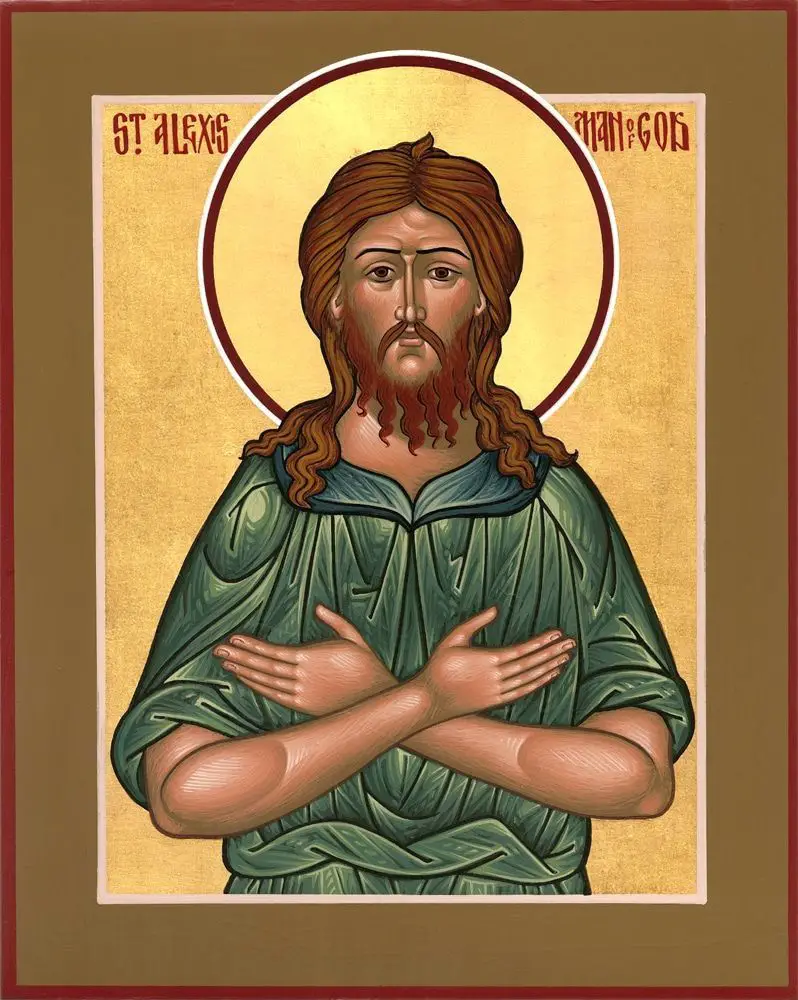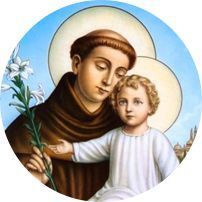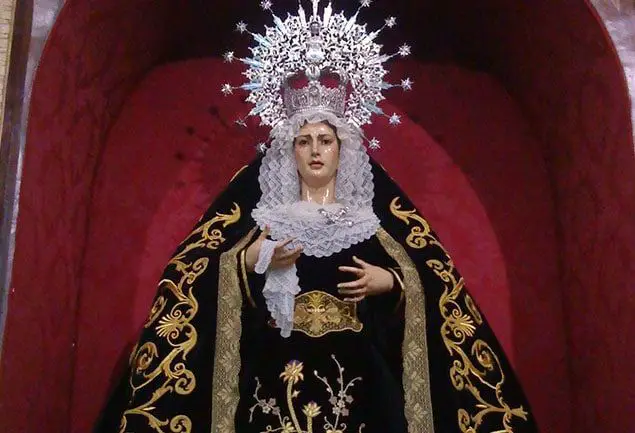Seichō-no-Ie is a philosophy of life that originated in Japan and was very popular in the 1960s and 1970s. It is an interesting doctrine to learn about in terms of its history, origins, rituals and, in particular, the International Faith-based Peace Movement. Read more about this religious movement here.
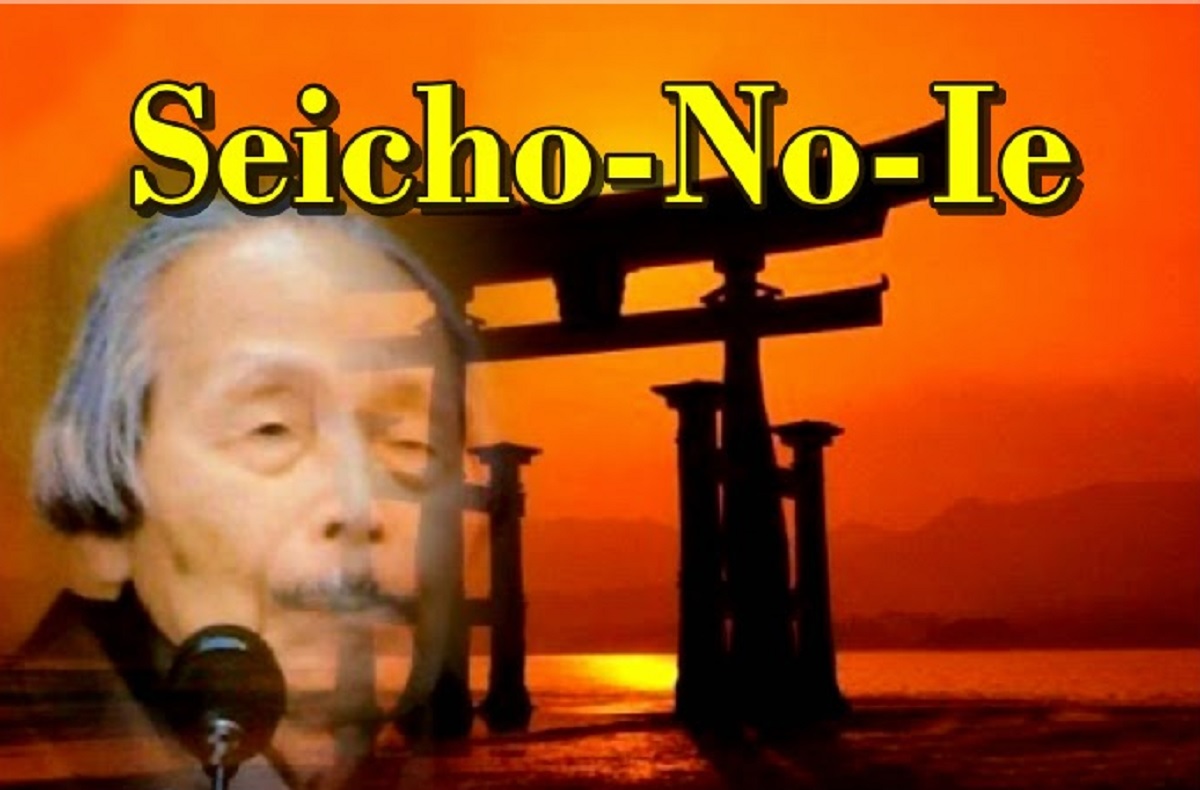
What is Seichō-no-Ie?
Seichō-no-Ie, sometimes translated as Seicho-no-Ie from the Japanese term 生長の家 seichō-no ie, is a syncretic, monotheistic religion/philosophy that promotes the doctrine of New Thought, which is one of the best known new religious movements or Shinshūkyō in Japan that has spread since the end of World War II.
This philosophy emphasises the appreciation of nature, family, ancestors and, above all, religious belief in a universal God, inheriting its basic characteristics from Buddhism, Christianity and Shinto, an ancient Japanese religion based on the worship of nature spirits.
Seichō-no-Ie is the largest New Thought group in the world and its name means “Home of Infinite Life, Wisdom and Abundance”.
The Seichō-no-Ie movement has managed to attract a large number of followers by using various means to spread its doctrine. Another interesting trend is Kopimism.
Among these tools are the magazine Acendedor and the Daily Precepts, a kind of calendar with messages that became popular in large cities, especially in the 60s and 70s of the 20th century. We also recommend reading Jainism, which is similar in transcendence to Seichō-no-Ie.

At present, the Seichō-no-Ie philosophy also has other publications, such as the magazines Fuente de Luz, Mundo Ideal and Querubín, the newspaper Círculo de Armonía, Preceptos Diarios and even radio and television programmes, which have allowed all its followers to be informed about its dogmas and activities.
History of the Seichō-no-Ie
The Seichō-no-Ie movement was founded by Reverend Masaharu Taniguchi on 1 March 1930, the same day he published the first issue of the monthly spiritual education magazine Seichō-no-Ie.
Masaharu, who was the religious leader and promoter of this monotheistic stream of thought, made known this new philosophy of life through which many people have awakened to their divinity, to the God-nature or Buddhahood in all people, by reading the teaching “Man is a Child of God” and have come to live a life of gratitude for everything in the universe.
Masaharu’s deep concern for the many contradictions of life led him to study various philosophies and religions intensively for many years.
In this first issue of what he called “the magazine of the non-denominational truth movement”, he invited others to learn about this new teaching of his philosophy, “The Truth of Life”.
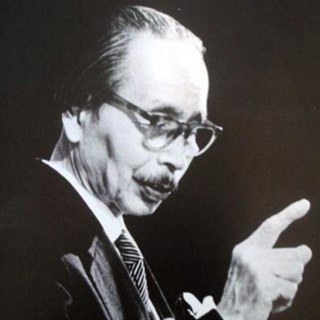
During the next forty years of the movement’s existence, he published a further four hundred books and, with his wife Teruko, toured many countries in Europe, South America and North America, giving personal lectures on his beliefs.
Ernest Holmes, the American founder of Religious Science, and his brother Fenwicke Lindsay Holmes, also American, a writer and former Congregational minister and Religious Science leader, were of great help to the Taniguchis in consolidating their philosophy.
Fenwicke even travelled to Japan to learn more about the doctrine and co-authored several books on the subject, one of which, The Science of Faith, became the cornerstone of the denomination.
This religious institution is characterised by its commitment to non-sectarianism, spiritual self-improvement, reverence for ancestors and harmony between man and nature.
Masaharu Taniguchi
Born on 22 November 1893 in Kobe, Japan, this religious leader was a promoter of Japanese New Thought and the founder of Seichō-no-Ie.
He was married to Professor Teruko, born on 7 March 1896 in Takaoka, Japan. They married in 1920 and had a daughter named Emiko.
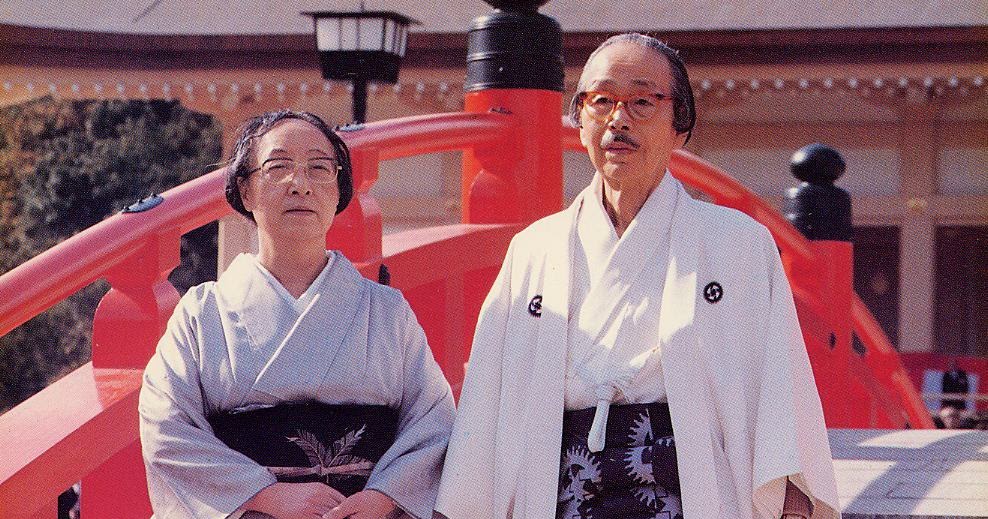
He began studying English literature at Waseda University, Tokyo, and later worked as a translator for several companies. His greatest desire, however, was to find the truth. He was always searching for a way to put an end to human suffering.
By virtue of this, he participated in various spiritual schools, engaging in doctrinal and missionary work. One of these schools was the Ōmoto.
At the same time, he studied the works of Fenwicke Holmes, whose book The Law of Mind in Action was later translated into Japanese.
In 1929, after much study and contemplation, he revealed that he had received a divine revelation followed by the healing of his daughter.
According to his testimony, it was in the spiritual quest that in December of that year he received the great revelation: “There is only God, the phenomenal world is a projection of the mind, and that all religions are essentially one”.
From then on he began to write many revelations. Determined to spread the truth that would end the suffering of mankind. Months later, on March 1, 1930, he published the magazine “Seichō-no-Ie”, thus beginning a series on spiritual topics based on revelations.

This date is regarded as the beginning of the Seichō-no-Ie Religious Institution.
Due to the large number of requests he received from the reading public to reprint out-of-print issues of the journal, it was decided that it would be more convenient to compile a book of all the articles in the journals published up to that time.
In 1932, he produced his massive work Seimei no Jisso, ‘The Jisso of Life’. The movement grew throughout the 1930s, but was suppressed during the Second World War.
In 1935, the Japanese Ministry of Education registered Seichō-no-Ie as a religion. Master Masaharu and his wife, Professor Teruko, led the development of the religious organisation “Seichō-no-Ie” and both published many books.
In 1952 he co-authored a book with Fenwicke entitled The Science of Faith, and in 1963 and 1973 he made two world tours to spread the truth to other countries.
Masaharu died in a Nagasaki hospital on 17 June 1985 at the age of 91. He was survived by his wife Teruko, daughter Emiko and son-in-law Seicho Taniguchi. Three years later, on 24 April 1988, Professor Teruko died.
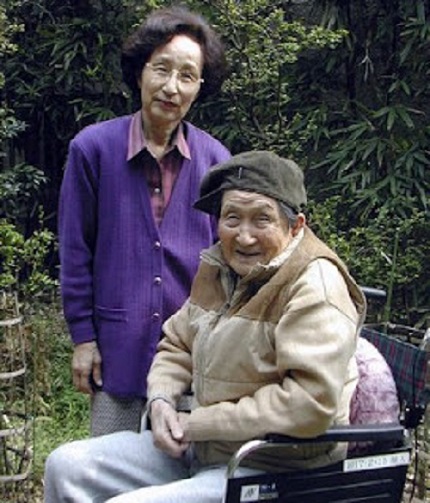
Emiko and Seicho
He left a bibliographical legacy that nourishes this philosophical current, among whose works can be mentioned
- The Truth of Life, Vol. 1 of 1937, first reprinted in 1961, reprinted in 1979 as The Truth of Life, Vol. 1: The Magic of Truth, later reprinted as The Truth of Life, Vol. 1: Book of General Principles.
- The Science of Belief: How to Make Yourself Believe, published 1952, reprinted 1962.
- Divine Education and the Spiritual Formation of Mankind, 1956.
- You Can Heal Yourself: The Conquest of Disease, Cancer, Atomic Disease, etc. through Spiritual Teachings, 1961.
- Curing All Diseases: Seichō-no-Ie’s Method of Psychoanalysis, 1963.
- The Truth of Life, Vol. 3: Spiritual Key to Abundant Life, 1971.
- The Human Mind and Cancer, 1972.
- 365 Golden Keys to the Summit of Fulfillment, 1974, reprinted as 365 Golden Keys to a Perfectly Free Life.
- The Truth of Life, Volume 5: The Mystic Power Within, 1975, reprinted as The Truth of Life, Volume 5: Book of the Holy Spirit, Part 1.
- The Truth of Life, Volume 7: The Wonderful Way of Life and Infinite Power, 1977, reprinted as The Truth of Life, Volume 7: Book of Daily Life.
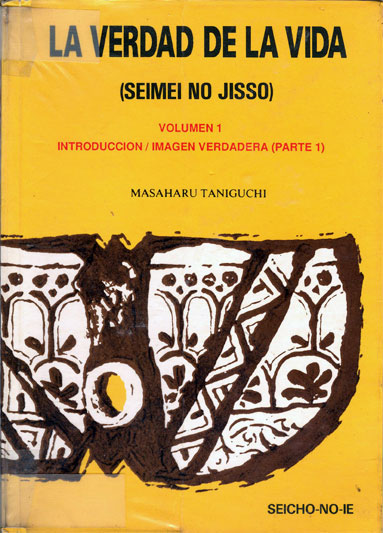
Origins
This philosophical trend is of Japanese origin and was formed as a doctrine thanks to the teachings of Master Masaharu Taniguchi from March 1930.
It is characterised as a movement with a religious institution of non-sectarianism.
It seeks to promote spiritual self-perfection, reverence for the ancestors and harmony between man and nature.
Today
In the 2000s, the Seichō-no-Ie Fundamental Movement split from the headquarters, and as of 2017 there are three factions of the original movement.
The two largest factions are led by Masanobu Taniguchi, the current president of Seichō no Ie, and the other faction is led by a group of senior Seichō-no-Ie masters known as the Manabushi.
The Manabushi focus solely on teaching the precepts spread by the founder Masaharu, and their only teacher does not want to clash or get along with the current president of Seichō-no-Ie.
https://youtu.be/4FZt9n8LV0g
At its international headquarters in Hokuto, Yamanashi Prefecture, Japan, Seichō no Ie offers a six-week internship programme to introduce people to the practice of this teaching.
This philosophy, always immersed in what is natural, declares on its website in its message for the beginning of 2021 that “happiness is loving nature”, as its current supreme president has stated.
In a video posted on the website, President Masanobu expresses the positivist and hopeful thinking of Seichō no Ie, guided by God, but always without underestimating nature.
The basis of Seichō-no-Ie
The foundations of the teaching of this new faith can be summed up in the revelation Master Masaharu first received.
As a basic principle, it was established that
“Matter is nothing. The physical body is nothing. All phenomena in the world of matter are nothing. What truly and eternally exists is God and His manifestations. Man is in reality a child of God. Man is not matter but spiritual existence. Man is already a perfect being. Everything around us is just a projection of our own mind”.
The basis of this philosophy can be summarised in three points.
There is only God and His manifestations
Such a foundation implies that there is only God and the various forms in which He can manifest Himself. This foundation is based on the basic concept of Jisso, a term translated into English as “God and His manifestations”.

God or the “Absolute Godhead” has no definite form, but has the power to create perfect forms, so that everything around us is a perfect form.
This God, in order to prove His divinity, created all the forms we know, from the simplest forms such as atoms to the most complex forms such as human beings and galaxies.
These are the perfect forms of Jisso and, as such, are authentic forms of God.
All phenomena are manifestations of spirit.
The human being is a pure and authentic manifestation of God and as such we have the creative power of the mind that has been bequeathed to us to project into our lives all the circumstances that affect us.
Our mind, through the subconscious rather than the conscious, possesses an infinite number of thoughts that create and generate this projection, taking for granted that our life is what our thoughts reflect.
So it is possible that there are no victims because everyone is 100% responsible for their life.
Therefore, when someone attacks us, in reality it has happened because we have created such a situation that would be favourable for someone to come and attack us.
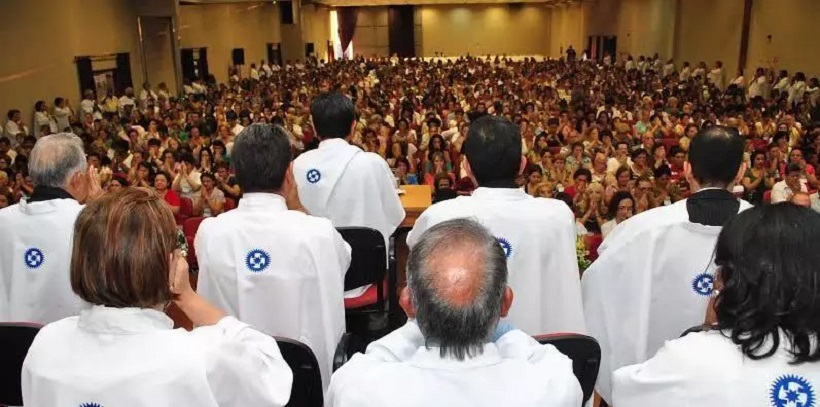
The teaching points out that these self-punishing thoughts are found in the innermost recesses of our mind.
Therefore, when we are faced with an unpleasant situation at some point in our lives, it is the result of the thoughts we have had about it.
Mental work is then required to replace these unpleasant thoughts with ones that are more in tune with our true nature.
The human mind acts as a lens that projects the Jissus into the physical world. If our mind is aligned with God, it will reflect the Jisso as it is, that is, perfectly. This is what is called ‘perfect phenomena’.
But if we have only negative thoughts in our mind, what will reflect the Jisso will be an imperfect and distorted form, which has been called ‘false phenomena’.
So only divine attributes such as wisdom, love, life, provision, joy and harmony are authentic.
Anything contrary to these attributes does not really exist, for it is only an illusion of the mind that gives it existence only in the physical world. As Master Masaharu proclaimed, our destiny is formed in the mental world.
Thus, human groups such as families, cities, regions, countries and the world as a whole form their destiny with the sum of their thoughts.
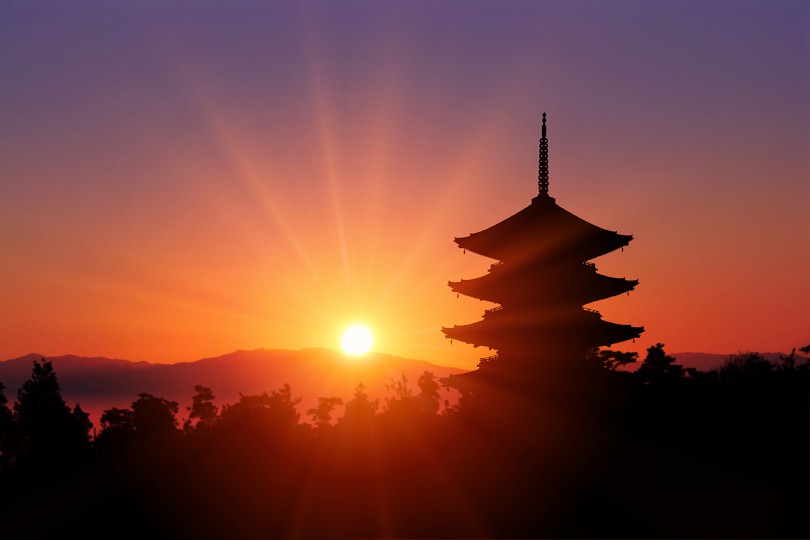
All religions are one in essence
The Seichō-no-Ie points out that all the enlightened masters in history have revealed their true nature and manifested God in their individual physical personalities.
In their actions, they have shared their inner experience and spread the truth.
In this sense, this teaching points out that all spiritual teachings come from one source: God.
Symbols
This doctrine incorporates elements of other religious beliefs, such as Christianity, Buddhism and Shintoism, which have long been present in Japan.
They are therefore represented in the official symbol of this philosophy.
It has a green star in the centre, which refers to Christianity, a white swastika in the middle in the shape of a moon, which refers to Buddhism, and finally an outer red circle with 32 points like a sun, which refers to Shintoism.

Ceremonies
The ceremonies practised in Seichō-no-Ie are closely related to Shinto ceremonialism.
Rituals such as baptism, marriage and ancestor worship, which is the most representative outside Japan, are also included. It has been shown that Seichō-no-Ie has a great ability to adapt ceremonies to local culture.
Nakajima explains that Seichō-no-Ie rejects “it has to be this way”, meaning that nothing should be forced, and teaches that life should be lived naturally as it is.
The International Faith-Based Peace Movement
The Seichō-no-Ie movement is currently being promoted as the International Faith-Based Peace Movement.
In this regard, since the 1990s, Seichō-no-Ie has officially launched a new banner called the “International Peace by Faith Movement”, promoted in English as “International Peace by Faith”, whose fundamental aim is to awaken peace in each person through faith in the one, universal God, and thus to realise peace in the world.
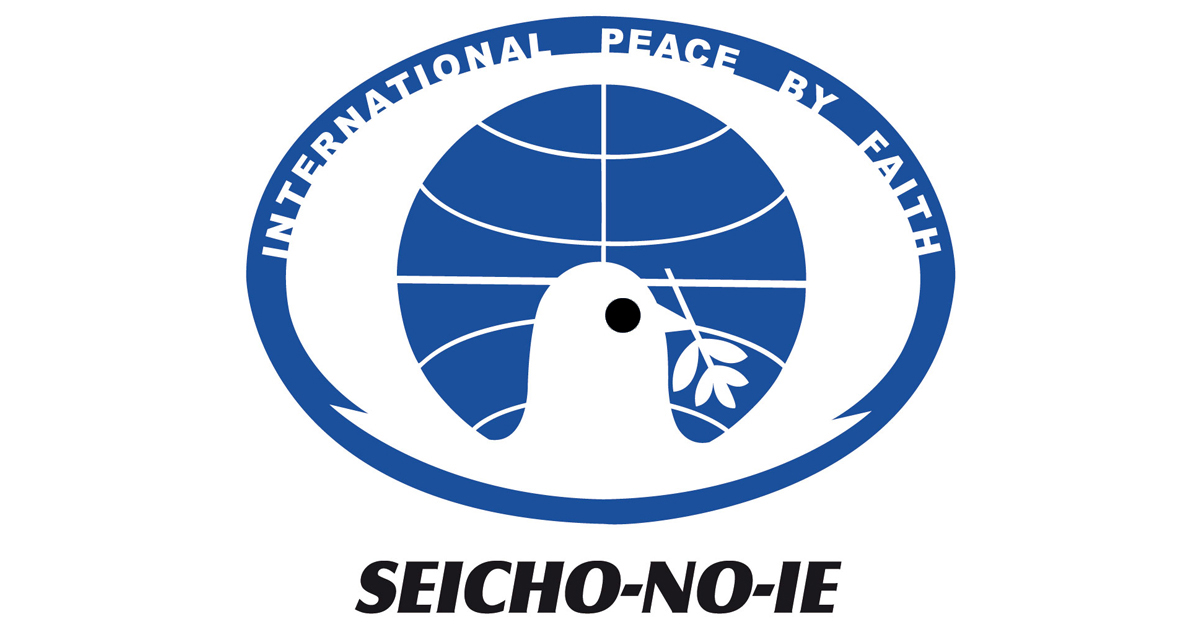
Seichō-no-Ie in Latin America
Over a period of forty years, Masaharu published more than four hundred books, which enabled his philosophy to be known and spread. As a result, he and his wife Teruko toured many countries in Europe, North America and Latin America.
They gave hundreds of lectures on his spiritual beliefs, giving personal testimony of his experiences. At one point he had the support of the Holmes brothers, Ernest and Fenwicke, who were crucial to Masaharu in this outreach process.
Fenwicke even travelled to Japan to study the doctrine and co-authored several books, one of which, The Science of Faith, became the cornerstone of the denomination.
Because of the large population of Japanese immigrants in these Latin American regions, these new religions arrived almost simultaneously in several of these countries, such as Brazil.
In a short time, they gained a large following, not only among Japanese descendants, but also among Brazilians of other ethnic origins. It is also possible to find regional branches of this trend in other Latin American countries, such as Nicaragua, Panama, Argentina, Bolivia, Chile, Venezuela, the Dominican Republic, Uruguay, Peru, Paraguay, Colombia, and in North and Central America, including Mexico, Costa Rica and the United States.


